Drylands cover more than 40% of the world’s land surface and are home to more than two billion people. These areas, and the people, plants and animals that live in them, are predicted to face unprecedented threats due to climate change.
According to the UN Decade on Ecosystem Restoration, halting and reversing the degradation of ecosystems is fundamental for reducing poverty, preventing mass extinction of Flora and Fauna, and combatting climate change. The healthier the ecosystems, the healthier the people and the animals. Degradation of grasslands and forests is widespread in tropical arid and semi-arid regions of the world. Sub-Saharan Africa (SSA) belongs to those regions with high levels of environmental degradation.
The degradation of grasslands and forests and the associated losses of ecosystem services are particularly worrying for the livelihoods of rural people living in open and forested grasslands, which make up some 70% of land cover in many countries in SSA, including Kenya and Tanzania. It is against this backdrop that the project NATIVE PEP aims to strengthen livelihood security and environmental health through effective land restoration and the prevention of farming practices that contribute to land degradation, we can enhance biodiversity and increase communities’ resilience to the effects of climate change in selected regions in Kenya and Tanzania affected by rangeland degradation, deforestation, and invasive alien trees.
To improve rural livelihoods in East Africa by selecting and using native plants for land regeneration and community forests within a holistic and sustainable land use approach.
The Native Plants for Environment and People project interventions are categorized into four main intervention areas (work packages) with specific activities.
These activities will result to enhancing livelihood security of ASALs by:
Northern Tanzania in Arusha Region and adjacent areas in Kilimanjaro (Hai District) and Manyara Regions (Simanjiro District), mainly covering a belt from Lake Manyara to Arusha and Moshi (Kilimanjaro Region).
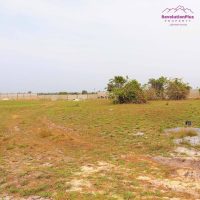
Knowlede Management about the sustainability of native grasses, forbs and trees for land restoration
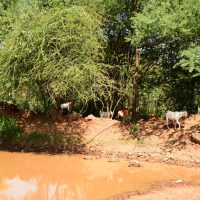
Establishing demo trials, creating awareness and training front actors about the benefits of native species for land restoration
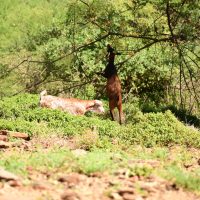
Seed collection, plant prpagation and land restoration
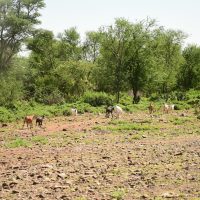
Mainstraming the use of native plants for land restoration

DO YOU HAVE A
QUESTION?
+254 719 052 113
Send us an
email?
info@nativepep.org
To improve rural livelihoods in East Africa by selecting and using native plants for land regeneration and community forests within a holistic and sustainable land use approach.
To strengthen livelihood security and environmental health in selected regions in Kenya and Tanzania affected by rangeland degradation, deforestation, and invasive alien trees.
Kenya
Tanzania
Northern Tanzania in Arusha Region and adjacent areas in Kilimanjaro (Hai District) and Manyara Regions (Simanjiro District), mainly covering a belt from Lake Manyara to Arusha and Moshi (Kilimanjaro Region).
Copyright © 2023, Nativepep.org. All Rights Reserved.